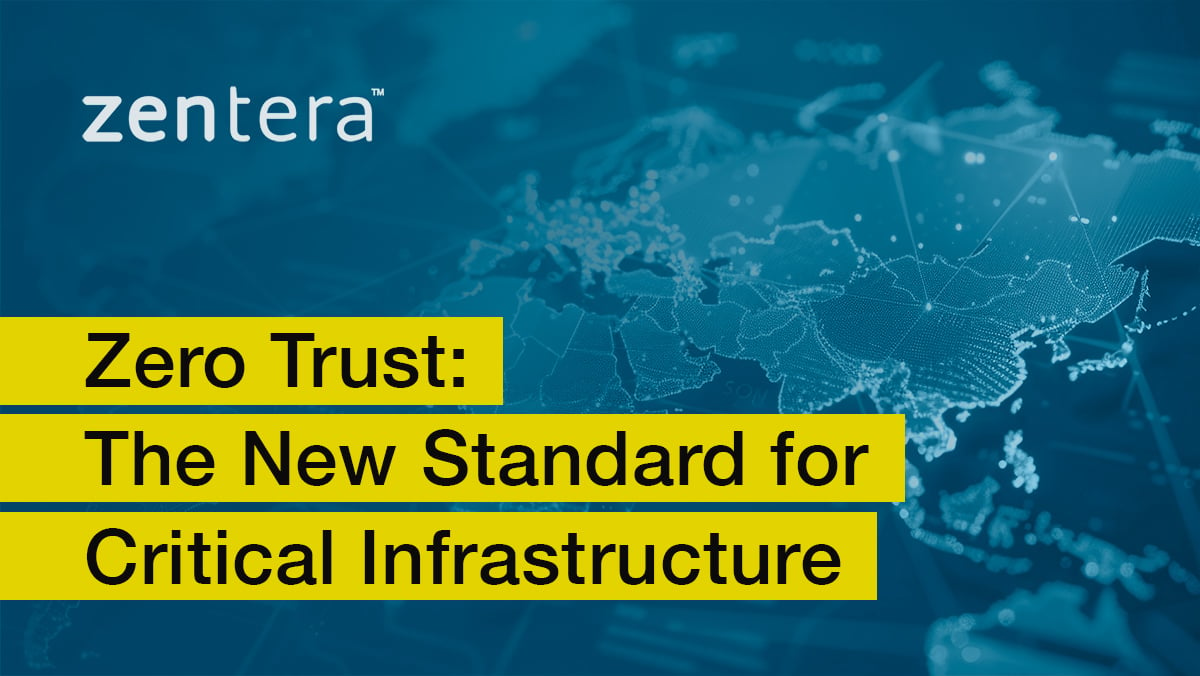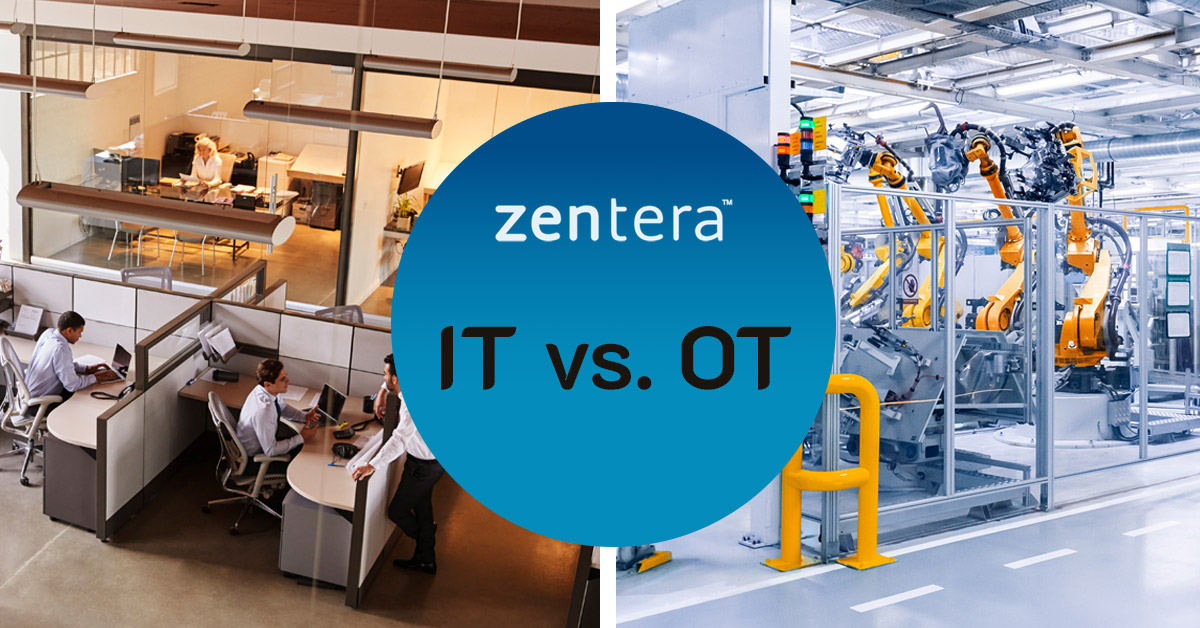Food Manufacturing Cybersecurity | Why Segmentation Is Critical

A Wake-Up Call for Food Manufacturing Executives
The ransomware attack hit without warning. Within hours, production lines at a major food distributor ground to a halt. Three weeks later, when systems finally came back online, the damage totaled $400 million in lost sales.
The attack on United Natural Foods in June 2025 wasn’t an isolated event - it was a preview of the new reality facing every food manufacturing executive.
If you’re responsible for food production operations, you now manage a designated critical infrastructure asset under federal oversight. And the threats targeting your facilities are accelerating faster than most security strategies can handle.
The Surge in Food Manufacturing Cyberattacks
 The food and agriculture sector has become a prime target for sophisticated cybercriminals. The numbers paint a stark picture:
The food and agriculture sector has become a prime target for sophisticated cybercriminals. The numbers paint a stark picture:
- Ransomware attacks surged 101% year-over-year, according to Check Point’s August 2025 Security Report.
- 84 documented incidents occurred in Q1 2025 alone - and those are only the publicly disclosed ones.
Why the Dramatic Increase?
Cybercriminals understand four critical realities:
- Food manufacturers operate on thin margins with zero tolerance for downtime
- Legacy OT systems were never designed for cybersecurity
- IT/OT convergence expands the attack surface
- Paying ransom often seems cheaper than weeks of lost production
The average ransom demand now exceeds $2.5 million, with shutdowns lasting three weeks or longer becoming routine.
The Real Cost of a Food Manufacturing Cyber Breach
"The breach cost us $6 million directly. But losing our largest customer cost $40 million annually. That contract never came back."
— CISO, global food manufacturer
Most executives underestimate cyber risk by focusing only on direct losses.
In reality, indirect and downstream impacts multiply the damage:
- Supply chain disruption: A single breach can trigger FDA investigations and halt distribution.
- Customer defections: Food safety fears drive permanent brand erosion.
- Insurance impact: Premiums rise 200–300% after breaches or failed audits.
- Regulatory penalties: Mandatory reporting and non-compliance fines under CIRCIA add further costs.
- Executive liability: Leadership accountability frameworks are expanding rapidly.
The Regulatory Shift: Federal Oversight Is Here
CISA Critical Infrastructure Classification
The Food and Agriculture Sector - over 700,000 facilities and $1.4 trillion in output - is now one of 16 federally protected sectors.
The Farm and Food Cybersecurity Act of 2025
Allocates $25 million annually for mandatory cybersecurity assessments and exercises - with documented control expectations.
CIRCIA: 72-Hour Incident Reporting
CISA’s Cyber Incident Reporting for Critical Infrastructure Act (CIRCIA) requires breach reporting within 72 hours.
Enforcement begins May 2026.
Congressional Oversight
The American Agricultural Security Research Act (2025) establishes bipartisan intent to hold executives accountable for food supply-chain vulnerabilities.
“We didn’t know” is no longer a defense.
Why Traditional Cybersecurity Fails in Food Manufacturing
Food operations face constraints that office IT environments never do:
-
You can’t pause production for patching or reconfiguration
- You can’t replace decades-old OT investments
- You can’t apply standard firewalls to hybrid IT/OT systems
- You can’t absorb the cost or downtime of infrastructure overhauls
The solution must work with what you have, deploy quickly, and protect critical assets without disrupting production.
How Network Segmentation Protects Food Manufacturing Operations
What Is Network Segmentation?
Segmentation divides your network into isolated, controlled zones, preventing one compromised system from taking down the rest.
Think of it as watertight compartments - a single breach doesn’t sink the ship.
Zero Trust Segmentation: Default-Deny Security
Instead of assuming everything inside your perimeter is safe, Zero Trust segmentation assumes breaches will occur and contains them automatically.
- A compromised laptop can’t reach production control systems
- A vendor’s infected device can’t access proprietary databases
- Lateral movement stops at each segment boundary
Modern Segmentation Works With Existing Infrastructure
Overlay network architecture allows protection without rewiring or replacing OT equipment.
It’s compatible with:
- Legacy PLCs and industrial controllers
- Proprietary communication protocols
- Multi-vendor environments
Brownfield-ready protection - no downtime required.
Five Critical Assets That Need Segmentation Now
- Production Control Systems (SCADA/ICS) — Prevent operational shutdowns and food safety incidents.
- Recipe & Formulation Databases — Protect proprietary IP from exfiltration or tampering.
- Quality Management Systems — Prevent data tampering that could enable contaminated output.
- Supply Chain & Distribution Systems — Secure partner integrations and logistics dependencies.
- Remote Access Pathways — Isolate vendor and third-party access to reduce risk exposure.
Implementing Segmentation: What You Need to Know
Deployment Timeline
Modern solutions deploy in days or weeks, not months. Protection can begin within minutes once the overlay network is in place.
Operational Impact
Segmentation runs transparently without affecting production.
Scalability
Start with critical assets, then expand coverage incrementally as you validate the approach.
Compliance Documentation
Automatically generated maps and access logs deliver audit-ready evidence for regulators and insurers.
Integration
Segmentation complements - not replaces - your firewalls, endpoint protection, and SOC monitoring.
The Business Case: ROI of Segmentation in Food Manufacturing
| Investment | Estimated Cost | Impact |
|---|---|---|
| Segmentation deployment | $200K–$500K | Protection in 30–90 days |
| Single cyber breach | $4.9M average | Weeks of downtime, lasting losses |
| Regulatory non-compliance | Variable | Civil fines and reputational damage |
| Insurance after breach | +200–300% premiums | Reduced coverage availability |
Beyond risk mitigation, segmentation drives value:
- Accelerates digital transformation
- Reduces insurance premiums
- Strengthens customer confidence
- Improves operational resilience
The Accountability Question: Executive Liability
Investigators now ask:
- Did leadership understand the risk?
- Were reasonable protections in place?
- Could the damage have been contained?
“We couldn’t afford it” doesn’t hold up when protection costs a fraction of the breach.
“We didn’t have time” fails when segmentation deploys in days.
Taking Action: Your Segmentation Roadmap
Phase 1 – Identify Critical Assets: Map high-value systems and potential blast zones.
Phase 2 – Assess Communication Flows: Use discovery tools to visualize OT/IT interactions.
Phase 3 – Pilot Deployment: Protect 1–2 assets first to validate transparency.
Phase 4 – Expand Coverage: Systematically extend segmentation to key systems.
Phase 5 – Continuous Optimization: Review and adapt policies as your environment evolves.
The Choice Ahead
Ransomware targeting food manufacturing is doubling every year.
Federal enforcement begins May 2026.
Insurance and customer audits are already enforcing segmentation as table stakes.
You can act now - or explain later why you didn’t.
What’s Next: Protecting Critical Food Infrastructure
Food manufacturing cybersecurity is now a national security priority.
Network segmentation provides the protection your operations need without the disruption you can’t afford.
Assess your segmentation readiness
See how fast you can protect your operations, safeguard your brand, and stay compliant.



